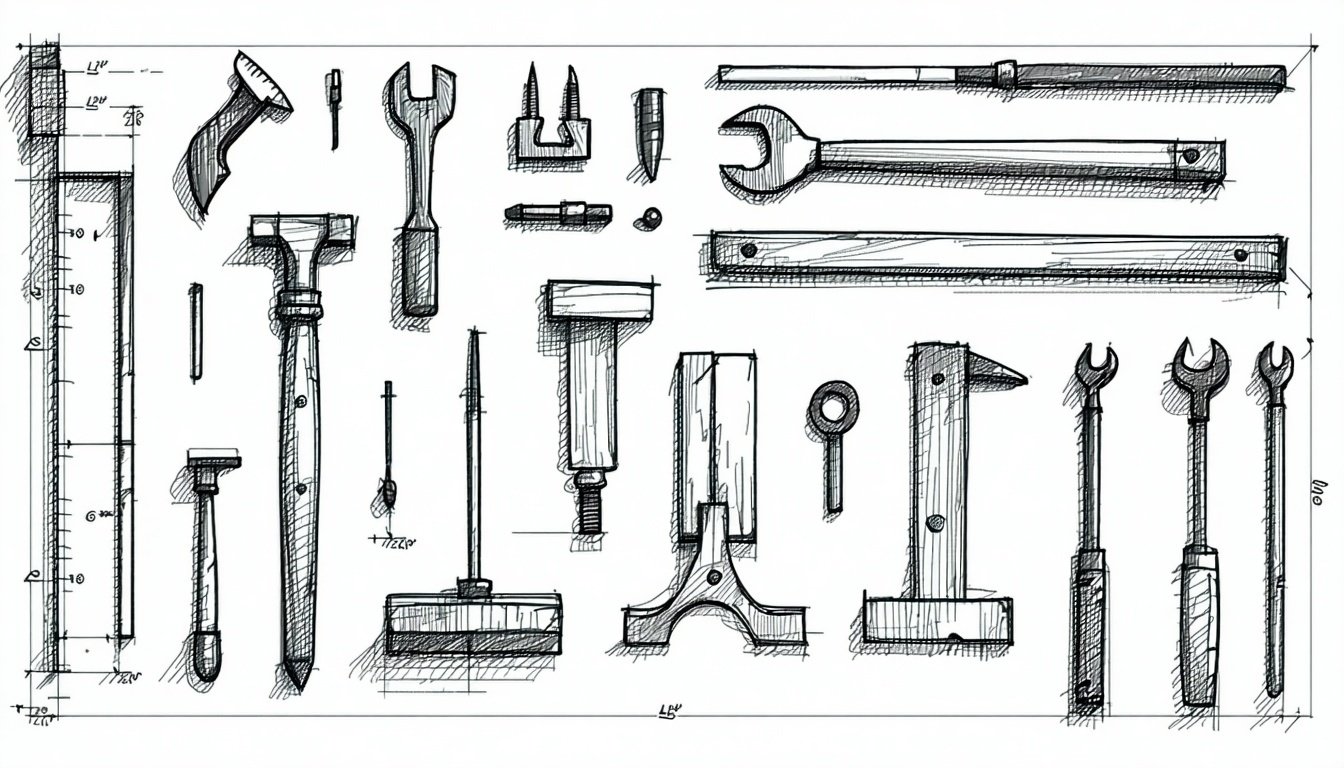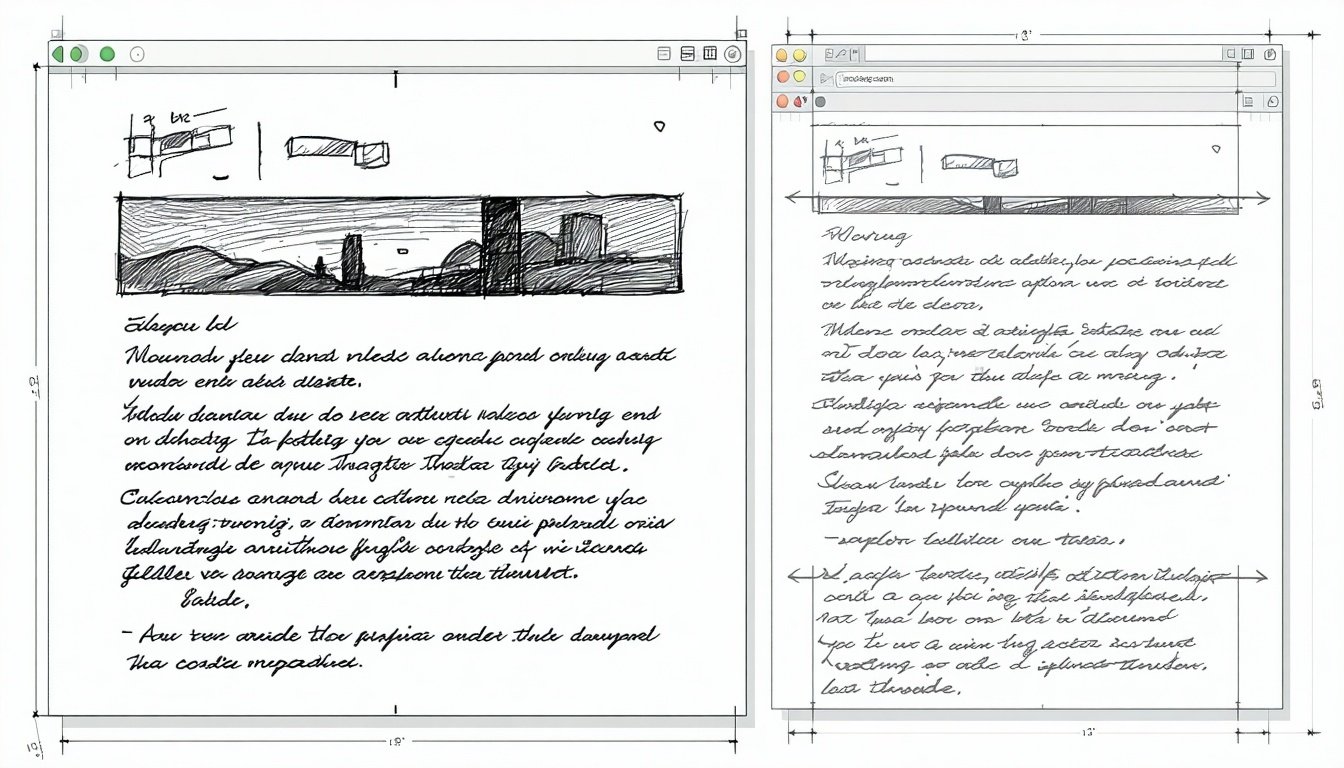


The way we learn at work is changing. Learning is no longer confined to portals, static courses, or scheduled programs. It’s becoming ambient - happening across tools, touchpoints, and teams. It’s becoming modular - broken down into specific use cases, roles, and outcomes. And it’s becoming distributed - delivered by product teams, marketing leads, and partner managers, not just L&D.
This shift raises an important question for anyone investing in customer education or enablement:
Because if learners aren’t logging into an Academy to “complete a course,” does the LMS still matter?
The answer is yes - but only if the LMS evolves. The platforms that will lead in this new era are not the ones that try to pull everyone back into a portal. They’re the ones that support a learning layer - surfacing education wherever it’s needed, and powering modular content however it’s consumed.
The modern LMS isn’t just a place to host videos and track completions. It’s a system of delivery and intelligence - a platform that supports microlearning in-product, personalizes learning paths based on behavior, and captures performance data across systems. It doesn’t own the learning experience, but it fuels it.
This evolution is especially critical for SaaS companies that work with complex customer journeys and distributed teams. A scalable LMS should make it easy to:
That’s why the new LMS must also be modular.
Not just in what it delivers, but in how it’s implemented. It should power
All from the same flexible foundation.
In this future, the LMS isn’t the star of the show. It’s the infrastructure that enables everyone else to shine - delivering smarter, faster, more relevant education across the customer lifecycle.

Join the conversation with other SaaS education leaders. Share your insights or ask a question.

Explore the templates and frameworks we recommend to put these ideas into action.

Keep learning - dive into related topics and best practices from our latest posts.